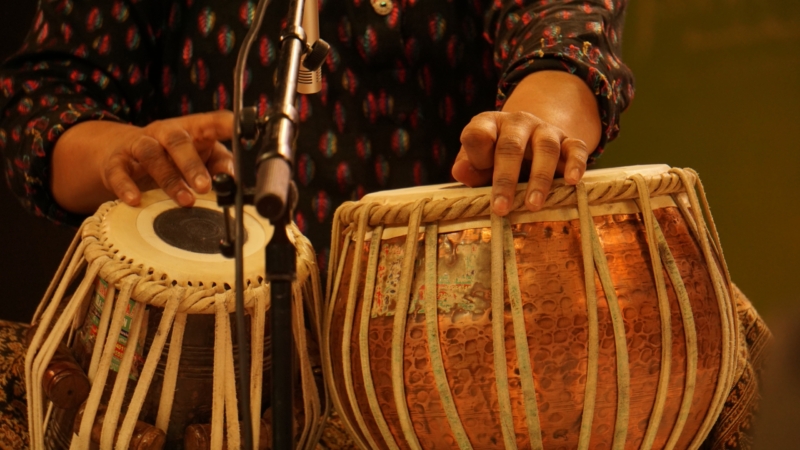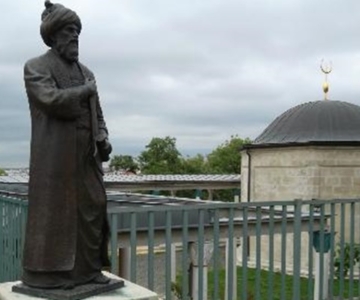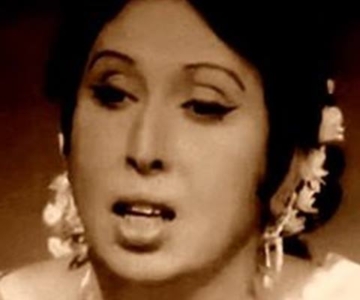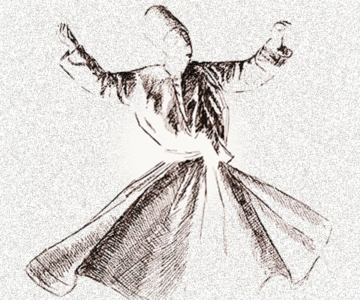Based on the medieval Persian musical tradition of Sema, Qawwali in the subcontinent was popularized by the Chisti Saints and their dargahs. Perhaps the greatest exponent of this music form was the Urdu-Hindi poet, mystic and musician – Amir Khusrau. During the late 13th century, under the spell of his master Nizamuddin Auliya, Khusrau refined and expanded the frontiers of this art form that still survives and flourishes in the subcontinent. It is believed that Nizamuddin Auliya involved Amir Khusrau in a dialogue between local religious Indian belief systems and Islam where music was to be the language of the “dialogue”.
Amir Khusrau composed a discourse in music that was presented by a group of 12 children. This was the first organized qawwali of the subcontinent. The tradition Qawwal Bachon Ka Gharana – ensemble of young Qawwals – continued thereafter by renowned musicians such as Tan Ras Khan (music teacher of Bahadur Shah Zafar, the last Mughal king), Munshi Raziuddin among others.
Qawwali session is still termed as “Mehfil-e-Sema”, indicating the intricacies of musical communion with the Divine presence. The Mevlana Order – initiated by Rumi and Shams also used Sema with the additional dancing rythums for journeying towards the Perfect and gaining spiritual maturity and strength.
This is how Adam Nayyar describes the universal appeal of Qawwali:
In areas where the qawwal[s] do not speak the language with any great facility, they must rely heavily on the musical form and rhythm to convey the concepts, achieve a trance and induce ecstasy… The reason for the sudden recent popularity of qawwali beyond the borders of South Asia is this ability to alter the consciousness of the audience in a display of virtuosity. When asked, the qawwal[s] explain that the message of ma’rifat does not necessarily need words to convey this deep secret. It can also be experienced directly and the qawwali is one such opportunity for direct experience. For an audience that cannot understand the content of the qawwali, the use of rhythm is the basic matrix through which the variation and pitch of the voice runs like a coloured thread.
More on Qawwali here
And finally, another great video with Nusrat Fateh Ali Khan rendering Allah Hu
http://www.youtube.com/watch?v=xTG_WIU8AUw



